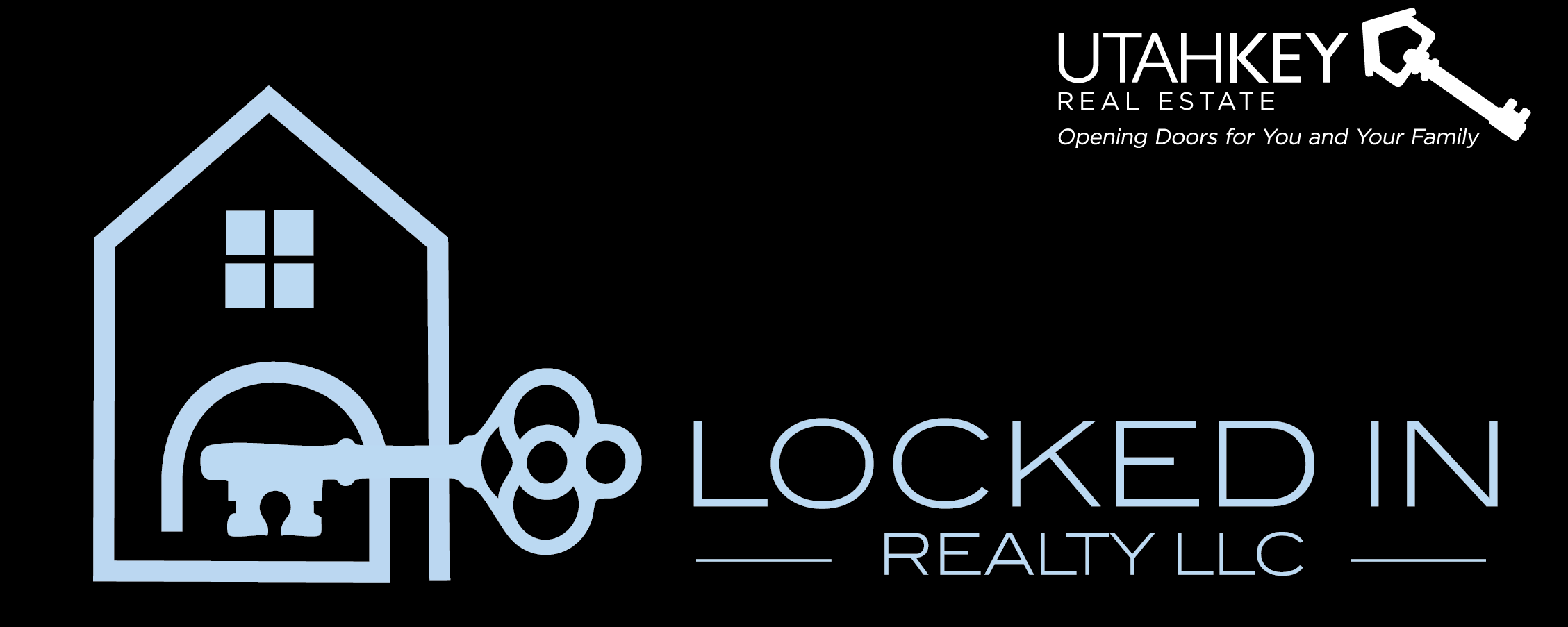Mortgage Interest Rate Trends: What’s Happening in 2025
As we step into 2025, mortgage interest rates continue to be a hot topic for homebuyers, homeowners, and real estate professionals alike. With economic factors shifting and the Federal Reserve making key decisions to combat inflation, mortgage rates are following a fluctuating pattern. For many, understanding these trends can make a significant difference in the decision to buy, refinance, or invest in property.
The State of Mortgage Rates in 2025
Mortgage interest rates have been on a roller coaster ride over the past few years. After hitting historic lows during the COVID-19 pandemic, rates surged in 2022 and into 2023 as the Federal Reserve raised its key interest rates to combat rising inflation. By 2024, we saw some stabilization, but rates remained relatively high compared to the lows of previous years.
As of January 2025, the average mortgage rate for a 30-year fixed-rate loan is hovering around 6.5% to 7%. While this is a far cry from the ultra-low rates seen in the early 2020s, it’s also important to note that rates have somewhat leveled off from the peaks seen in mid-2023, providing some relief to buyers and homeowners alike.
What’s Behind the Rate Trends?
Several key factors are influencing mortgage interest rates in early 2025:
- Federal Reserve Policy: The Federal Reserve has been actively working to control inflation by raising interest rates over the past few years. While there are signs of inflation slowing down, the Fed’s actions continue to impact borrowing costs. Mortgage rates often follow the Fed’s lead, so any hints of further rate hikes or cuts will directly influence home loan rates.
- Inflation Control: Inflation remains a major concern, but it has been trending downward. As inflation cools, there is less pressure on the Fed to continue raising rates aggressively. However, the Fed has made it clear that it will act as needed to keep inflation in check, which means that mortgage rates could still see fluctuations depending on the broader economic landscape.
- Economic Growth and Job Market: Strong economic growth and a robust job market can create upward pressure on mortgage rates. A thriving economy often means more demand for housing, which can push rates higher. However, if there are signs of a slowdown or recession, rates might ease as the Fed attempts to stimulate economic activity.
- Global Factors: Events such as geopolitical tensions, international trade policies, and shifts in the global economy can all influence mortgage rates. For example, uncertainty in major markets like China or Europe can cause global investors to seek safer assets like U.S. Treasury bonds, which in turn can impact mortgage rates.
What Does This Mean for Homebuyers?
For potential homebuyers, the current rate environment means careful planning and consideration. While 6.5% to 7% rates are certainly higher than the sub-3% levels seen a few years ago, they are still relatively low by historical standards. In fact, mortgage rates were frequently in the 8-10% range during the 1980s and 1990s.
Here are a few tips for homebuyers in 2025:
- Consider Locking in Rates: If you find a favorable rate, it may be worth locking in your mortgage rate to avoid future fluctuations. While rates may stabilize or dip in the short term, they could also rise depending on economic conditions.
- Refinance Opportunities: Homeowners who purchased homes during the pandemic when rates were low may want to consider refinancing to a shorter term loan to take advantage of rates that are still competitive relative to long-term historical norms.
- Adjust Your Budget: With higher interest rates, your monthly payment will likely be higher. Make sure your budget accommodates the increase in borrowing costs, and consider shopping for a less expensive home if necessary.
- Consider Alternative Loan Types: Adjustable-rate mortgages (ARMs) and other alternative loan types might offer lower initial rates, but they come with some risk if rates increase in the future. These might be good options for buyers who plan to stay in the home for a shorter period.
Looking Ahead: Where Are Rates Going?
Predicting mortgage rates with precision is challenging, as they depend on a range of ever-evolving factors. However, analysts suggest that rates could stabilize around the 6-7% mark for much of 2025, depending on the Fed’s decisions and economic conditions. If inflation continues to ease and the economy slows, there may be a possibility of rate cuts in late 2025 or 2026, though such moves would be gradual.
For those looking to buy a home or refinance in the near future, the key is to stay informed about the latest economic trends and how they may affect mortgage rates. Keeping an eye on the Fed’s announcements and working with a trusted mortgage advisor will help you navigate the market and make the best financial decision for your situation.
Conclusion
In summary, mortgage interest rates in 2025 are in a period of cautious stabilization following the turbulent rate hikes of 2023. With rates ranging from 6.5% to 7%, homebuyers and homeowners alike face higher borrowing costs than the historic lows of the past few years. However, by staying informed about economic developments, monitoring Fed actions, and considering alternatives like ARMs or refinancing, you can make smart choices about your home financing strategy.
In a shifting mortgage landscape, knowledge and preparation remain your best tools for navigating today’s home loan market. Whether you’re buying your first home, upgrading, or refinancing, understanding how rates will likely evolve will help ensure that you’re making the right decisions for your financial future.
